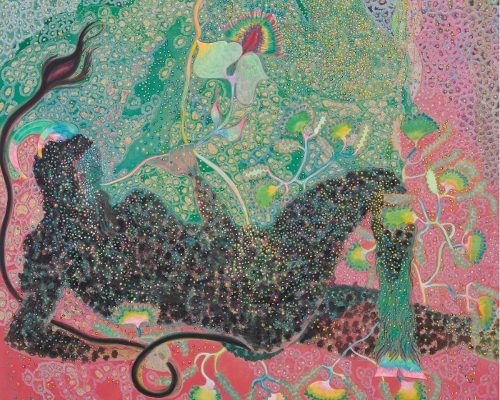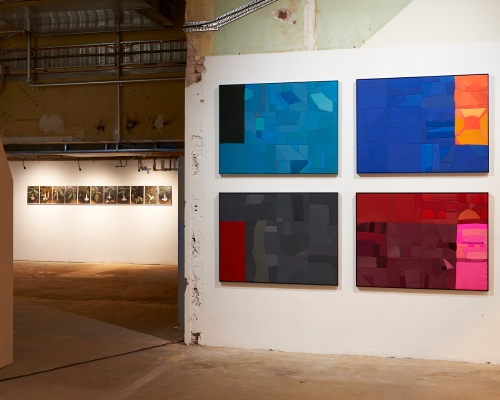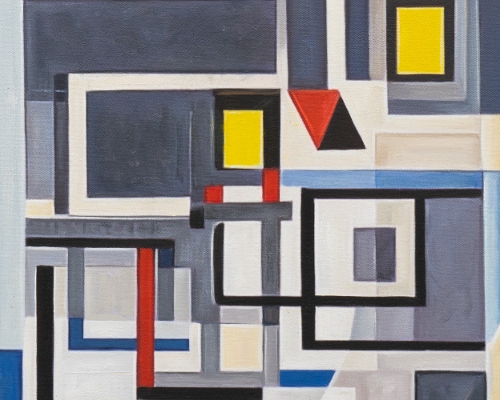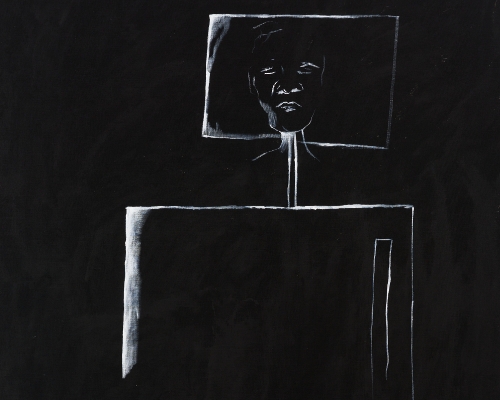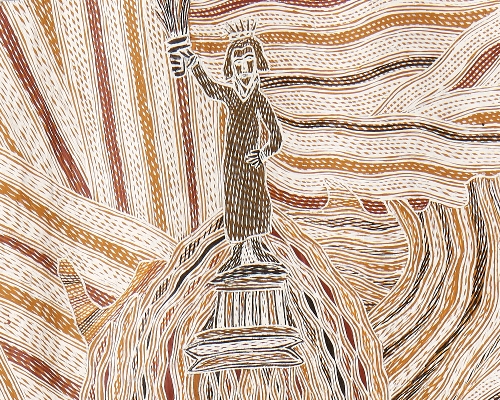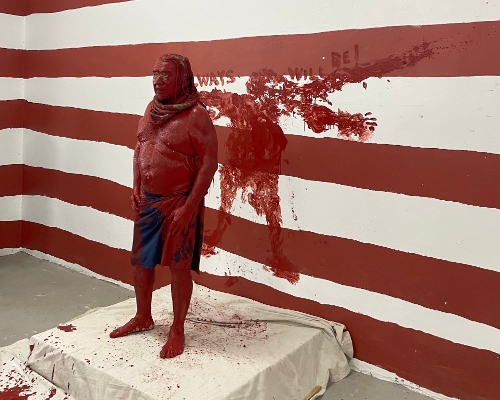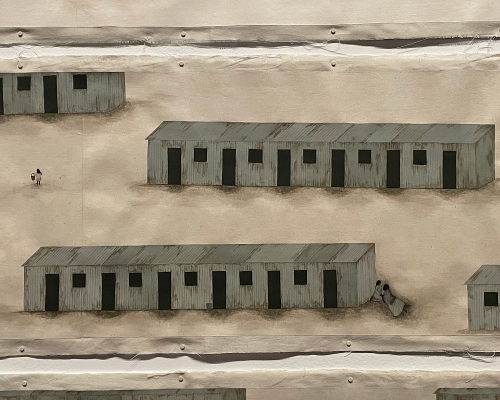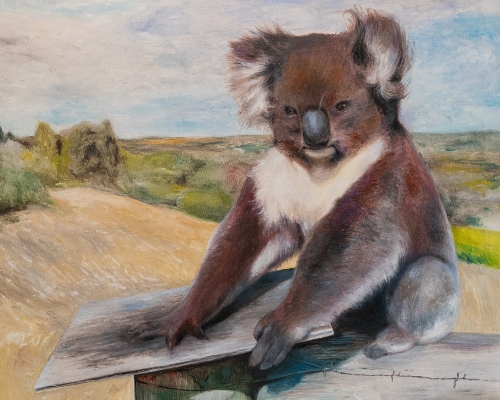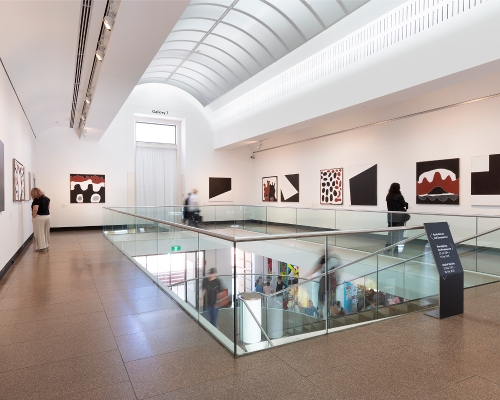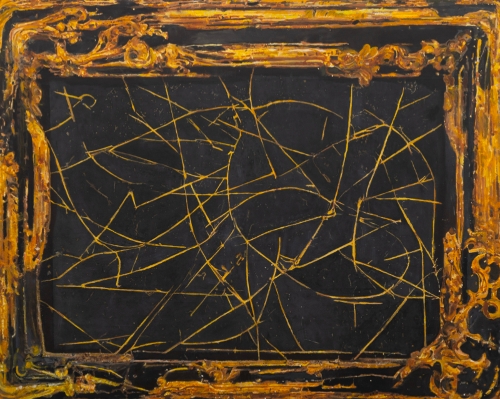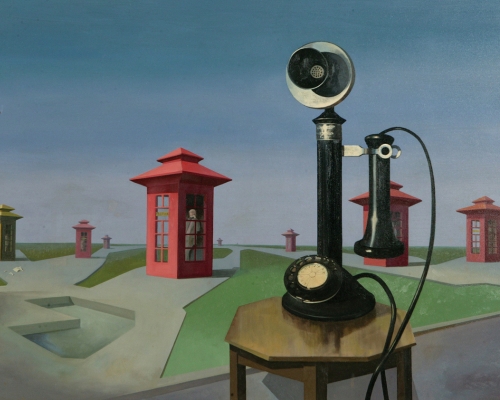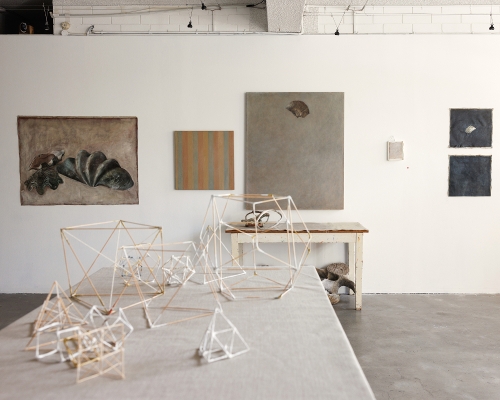Tales of spirit painting, old and new: Contemporary artists materialising the spiritual
A conventional modern art history locates the first abstract paintings in European art with Wassily Kandinsky and Kasimir Malevich in the early decades of the twentieth century. But since the nineteenth century, spiritualist painters have been making what are, by any reasonable measure, purely abstract paintings. One of these early abstractionists is the Swedish painter Hilma af Klint (1862–1944), recently rediscovered by revisionist art history, and duly celebrated. However, during the early twentieth century, the most widely-known spiritualist paintings were those collected by Annie Besant (1847–1933) in her co-authored 1905 book Thought-Forms. Another even earlier spiritualist abstract painter is Georgiana Houghton (1814–1884), who worked and exhibited in the UK—to a bemused public—making paintings, she said, guided by spirits. Glory Be to God (1864), an intricate composition of whorls, flares and filaments of line and colour is exemplary of her work, the bulk of which is held by the Victorian Spiritualists’ Union (VSU) in Melbourne. A focus exhibition at the Courtauld Gallery, London, in 2016, drew extensively on VSU’s collection and saw Houghton emerge into the contemporary artworld’s consciousness.

